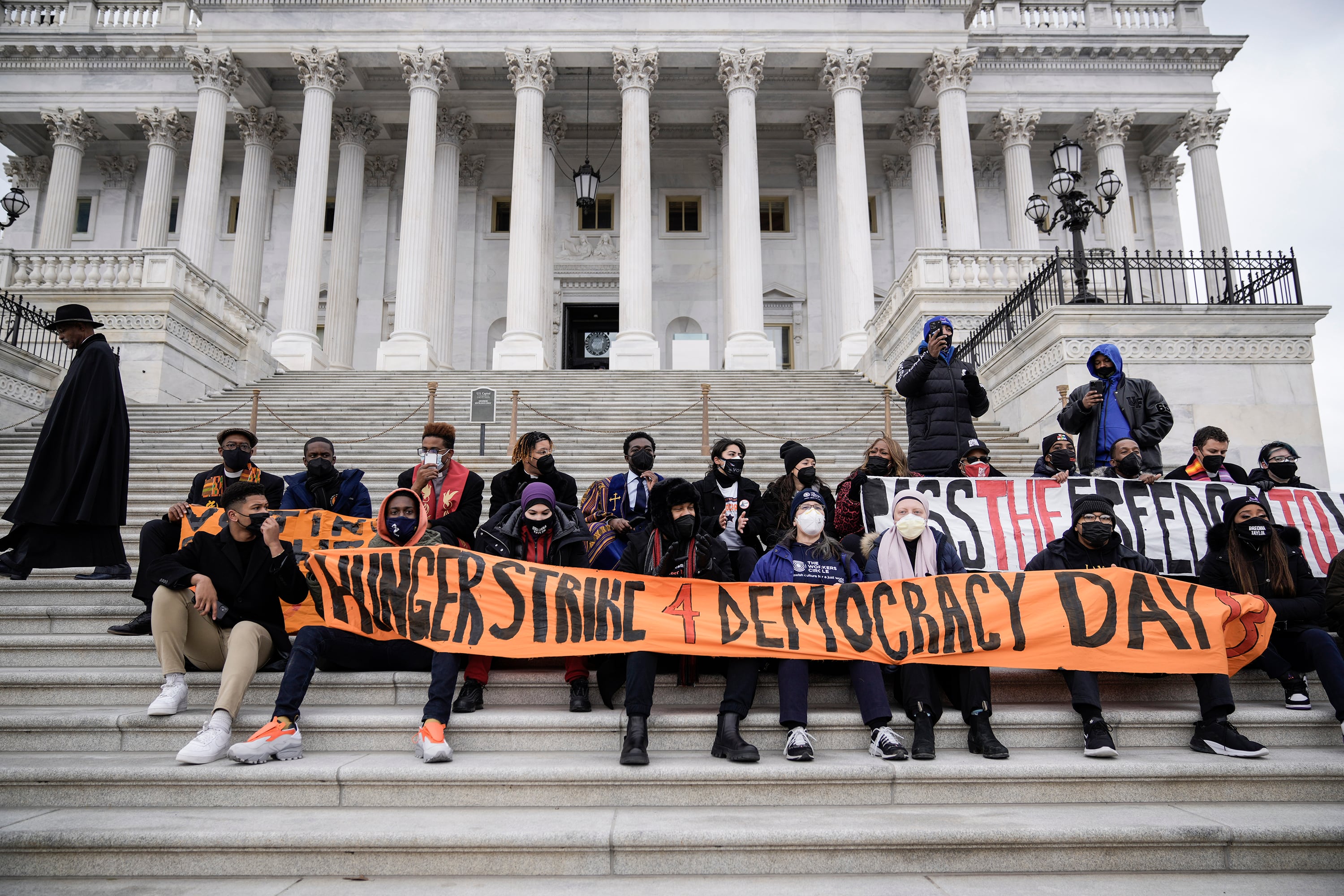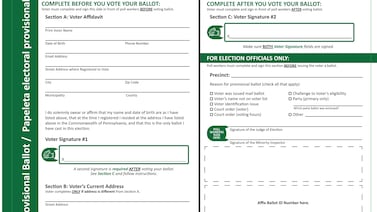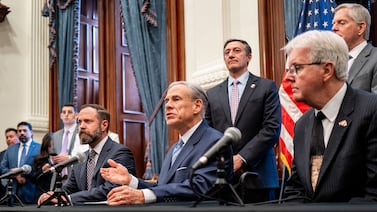Votebeat is a nonprofit news organization reporting on voting access and election administration across the U.S. A version of this post was originally distributed in Votebeat’s free weekly newsletter. Sign up to get future editions, including the latest reporting from Votebeat bureaus and curated news from other publications, delivered to your inbox every Saturday.
Since the Supreme Court handed down its Shelby County v. Holder decision in 2013, striking down a key part of the landmark Voting Rights Act, scholars and voting rights advocates have tried to capture the impact of the decision on voters of color.
Before the decision, counties and states with a history of discriminating against voters of color, as determined by a formula in the law, had to submit proposed changes to their voting laws and procedures to the U.S. Department of Justice for approval, a process known as preclearance. The provision was interpreted to cover changes big and small, ranging from the relocation of a polling place to new voter ID laws or political redistricting.
In the Shelby County case, the court struck down the formula, leaving those jurisdictions free to enact changes. Congress has so far failed to put a new formula in place.
Now, a new study has found that the Shelby County decision increased the racial gap in voter turnout, a key measure of political participation in democracy closely tracked by researchers and advocates. The effects were heightened in jurisdictions previously covered by the preclearance requirement. The racial gap in turnout grew nationally from 2012 to 2022, but “grew almost twice as quickly in formerly covered jurisdictions as in other parts of the country” with similar characteristics. The study’s authors, from the Brennan Center for Justice, a nonpartisan think tank that advocates for voting rights, estimate that about half of the increase in the racial turnout gap in the formerly covered counties around the country is attributable to the Shelby County decision.
The study’s findings are fascinating. But part of what’s interesting about the study is its approach. Instead of trying to study the effects of specific laws or policies, which can be difficult to track, the study’s authors used nearly 1 billion individual voting records from 2008 to 2022 to study the turnout gaps between white and nonwhite voters, and between white and Black voters.
They chose that metric because the majority opinion in the Shelby County decision, written by Chief Justice John Roberts, pointed out that the racial turnout gap had narrowed since the Voting Rights Act was first adopted, and voter turnout and registration in the covered jurisdictions were at or approaching parity. That and other evidence led a majority of justices to conclude that the onerous process of preclearance was no longer necessary.
In an interview, one of the study’s authors, Kevin Morris, pointed out that the study found the effects of Shelby County were largest in counties that had received a so-called objection letter from the Department of Justice while still covered by preclearance, a sign that federal officials found a proposed policy would have a disparate effect on voters of color. “It’s a pretty reasonable assumption” that places that were attempting to enact such policies before 2013 “probably started doing it again after 2013,” he said.
His hypothesis echoes comments last year from U.S. Assistant Attorney General Kristen Clarke, who noted in marking the 10th anniversary of the decision that “States wasted no time implementing election changes that had not or might not have survived the preclearance requirement.”
Meanwhile, the approach of analyzing the turnout records rather than trying to assess the precise impact of one policy or another meant the study was capturing the broad sweep of all of the policy changes since Shelby — including changes made at the local level, not just the state level, Morris notes.
After all, Morris points out, local administrators have a lot of control over how elections work — something Votebeat reporters and editors know well. They must decide how to implement state laws, where to put polling places, and how to allocate limited resources. But those individual changes are hard to track, and their direct impact is difficult to assess. The study’s approach captures a result of all of those changes.
Before the Shelby County decision, Morris said, the preclearance requirement meant local officials effectively had access to federal expertise to determine whether their proposed changes would fall harshly on communities of color. He won’t go as far as to say they loved the oversight, but says that “to a certain extent, they got access to resources to understand how the policies they wanted to implement were going to impact voters in their jurisdictions — and that’s gone now.”
The aftershocks of Shelby are, of course, still playing out. Morris hopes to follow up by digging into not just state-level policies, but also local ones.
And Votebeat, of course, will keep doing that, too.
What do you think is driving the turnout gap? Email Votebeat Managing Editor Carrie Levine at clevine@votebeat.org.







